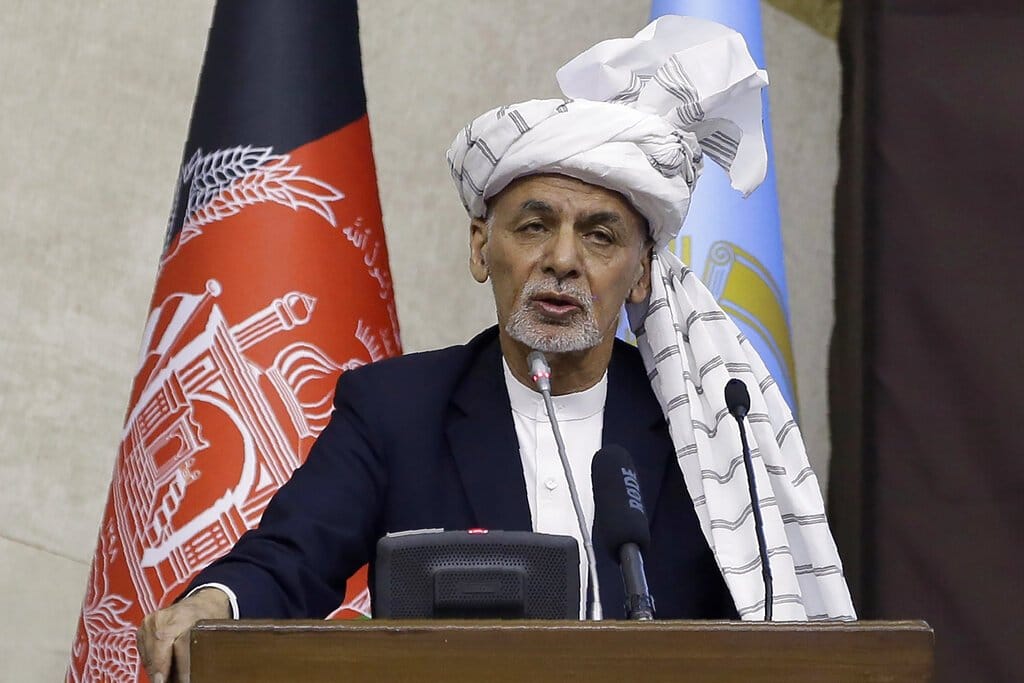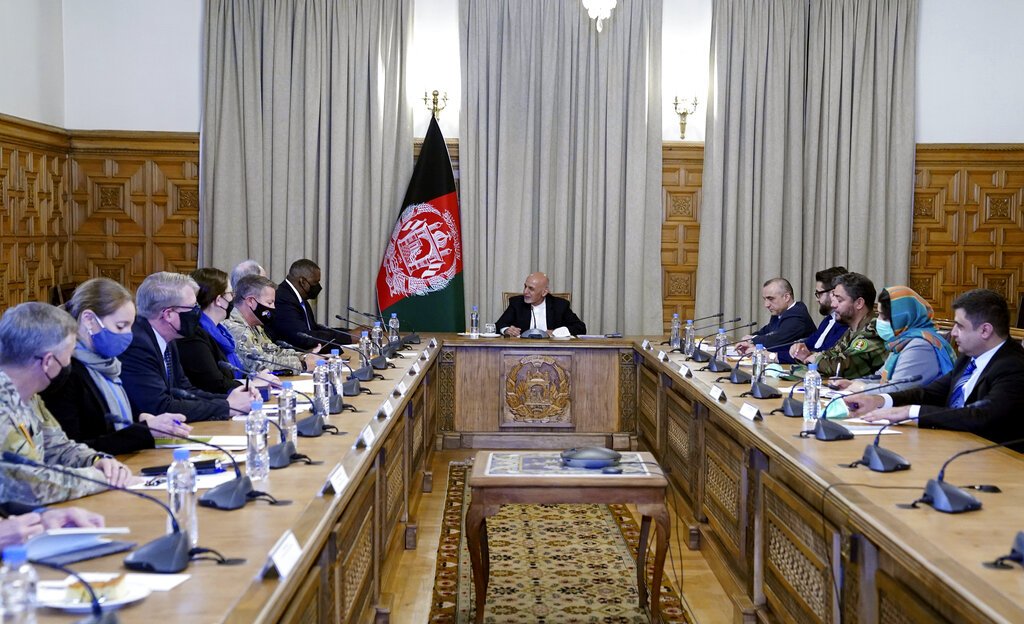Afghanistan:Two States; One Homeland & chances of peace
No doubt there is a need for peace in Afghanistan, and for the United States to end its longest war ever. It is estimated that the US has spent over $2.26 trillion on the war since 2001. And though the US has helped the Afghan people make progress in education, women’s rights, and economic conditions, US gains are very modest. However, ending US engagement in Afghanistan according to the 2020 peace agreement does not end the Afghani conflict or guarantee peace of mind for the US. The US may find itself reengaged in the conflict weeks or months after its withdrawal. The peace negotiations between the Afghan government and Taliban are not making progress, because the Taliban aim to have total control of the country. US withdrawal weakens the Afghan government’s position and encourages the Taliban to resist making meaningful concessions.

Reports say that the Taliban forces are stronger than at any time since 2001; however, no one knows how much land the Taliban control, but maps show most of Afghanistan’s districts to be contested. Although the US has vastly weakened the Al Qaeda forces, reducing its ability to represent a serious threat to the West, America has failed to weaken the Taliban forces or prevent them from striking anytime anywhere in Afghanistan. Therefore, The Taliban forces continue to represent a serious threat to the Afghan people and their socioeconomic, sociocultural, and sociopolitical accomplishments.
The possibility that the Afghan government and Taliban can reach a mutually acceptable settlement on their own is very slim. After the rest of the US forces leave Afghanistan in September, it is expected that the Taliban will ask for concessions that the government cannot accept. In the absence of peace, civil war will most likely resume, causing widespread violence, misery, and insecurity that deepen the current refugee crisis, leading millions to flee Afghanistan to neighboring countries and Europe. If this were to happen, President Biden could find himself spending the last two years of his presidency defending his Afghan policy and justifying failure. Ideological forces, on the right and the left, tend to make compromises when they are weak and go for the maximum they believe in when they are strong, regardless of the human and material cost.
Since I believe that the chances of reaching a peaceful settlement acceptable to both parties are near zero, a new, unconventional formula has to be invented. I believe that creating two states in Afghanistan living side by side in peace while sharing the entire country has probably a 50% chance of succeeding. In the 1990s I developed the Shared Homeland model to deal with ethnic conflicts like the Palestinian, Cyprus, and Kashmir conflicts. (Mohamed Rabie; Conflict Resolution and Ethnicity, Praeger, 1994), chapter 9. For the sake of analysis, let us call the current state ‘the Afghani Democratic State’, and call the Taliban state ‘the Afghani Islamic State’.
According to the shared homeland model, the country will be divided into two states taking into consideration the current position of each party. The Afghani Islamic State will have its legal, educational, social, political, and economic systems. Likewise, the Afghani Democratic State will have its legal, social, educational, political, and economic systems. Each Afghani will have the right to choose his and her identity at the time of creating the two states. However, there will be no borders between the two states, giving the Afghani people the freedom to move from one state to the other to live, visit, study, and do business. The only restriction is that no person who belongs to one state is allowed to participate in the elections of the other state.
To facilitate the implementation of such an arrangement while giving each party enough incentives to accept it, the US needs to do the following:
- Guarantee international recognition for each state and membership in the UN and all organizations and institutions affiliated with it.
- Provide each state with $3 billion annually for 15 years to build state institutions, develop the national economy, train workers and create jobs for the unemployed, upgrade and expand schools and universities, and build housing for the poor.
- And to avoid US involvement and minimize the possibility of corruption, a special task force should be established under UN supervision to develop plans and programs, and coordinate implementation across the borders of the states.
- Two Afghani joint committees need to be established to coordinate security and economic and investment matters.
Since it is estimated that the US has spent on the Afghan War $2.26 trillion over the last 20 years; an average of $113 billion a year, the suggested $6 billion annual aid package equals less than 6% of what the US has been spending. After 15 years a more educated generation will have grown up under the new systems of governance to lead and manage changed circumstances and observe global rules of state conduct.
Disclaimer: The views and opinions expressed in this article are those of the authors and do not necessarily reflect the official policy or position of Newslooks.com







